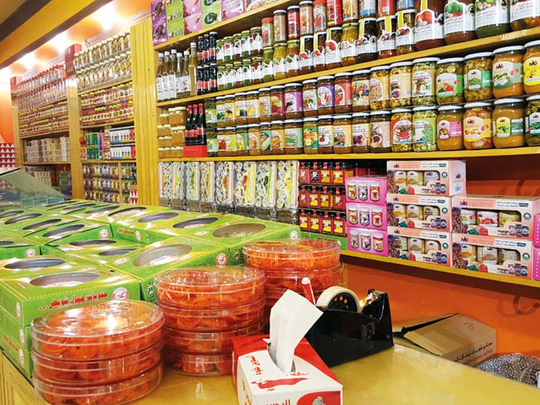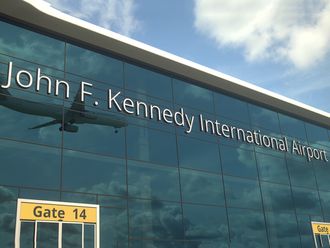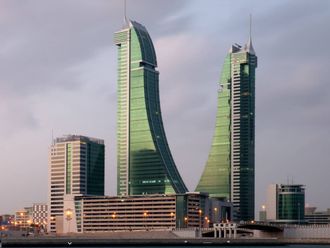
Manama: Whereas most people in the West are familiar with the phrase, “See Naples and die,” those in the Arabian Gulf, the catchphrase about tourism in the Gulf is “See Bahrain and taste its halwa.”
People in Muharraq, Bahrain’s second largest city and a major producer of halwa, will not hesitate to share their feelings with foreigners about it.
“You haven’t been to Bahrain if you haven’t tasted the halwa. It is an integral part of its core culture, a gateway to his legendary hospitality,” says one elderly passer-by who did not want to be named.
A walk down the traditional souq in Muharraq’s Exhibition Avenue with its multitude of shops and restaurants is sufficient to show how deep the love story of Bahrainis and Gulf nationals with halwa is and how it has inexorably become part of the Bahraini culture and culinary landscape.
Halwa was believed to be brought into Bahrain the middle of the 19th century, most likely from Iraq. However, some experts believe it was imported from Oman.
Whatever its origin, it was perfected in the island country thanks to the know-how of artisans, their passion for it and their desire to outdo all the others in the commercial competition to create the most palatably sweet product.
Halwa is said to taste best when it is freshly placed in the pot, deliciously warm and particularly attractive when it is topped with crisp nuts. It’s jellylike texture boasts strong flavours of saffron and cardamom.
Bahraini halwa, called the queen of the sweets, isoffered to guests on Eid and other special occasions.
It also goes very well with the traditional Arabic coffee and as such, it holds a special place mainly during gatherings in homes and majlises.
Sitting in his shop on Exhibition Avenue, Sadiq seemed pleased with his display of halwa pots, sweets, bottles of special distilled water and various kinds of sweet freshly grilled samosas.
“There is a surge in the number of visitors who are coming to Exhibition Avenue to buy Bahraini sweets, particularly halwa,” the Bangladeshi salesman told Gulf News. His shop stands in the busiest section of the avenue.
It is vastly popular among Gulf nationals, especially since the opening of King Fahad Causeway, the 25-kilometre terrestrial link between Bahrain and Saudi Arabia, in November 1986.
Exhibition Avenue is famous for its restaurants, hotels and sweets shops.
Despite competition from nearby shopping malls, it has survived largely due to the quality of its shops.
“This is an open-air area that has a unique charm,” Sadiq said, adding that the main attraction for most visitors is the Bahraini halwa.
“Bahraini halwa can be imitated but never equalled. This is why so many people come here for it,” Sadiq added.
In his smaller shop, Imtiaz, a Bangladeshi as well, said that most of his customers were Gulf nationals.
“The customers are usually well informed about the kind of halwa they want to take home. They are aware of the differences between the various types. To those who do not know we present them with the various types so that they can sample them.”












